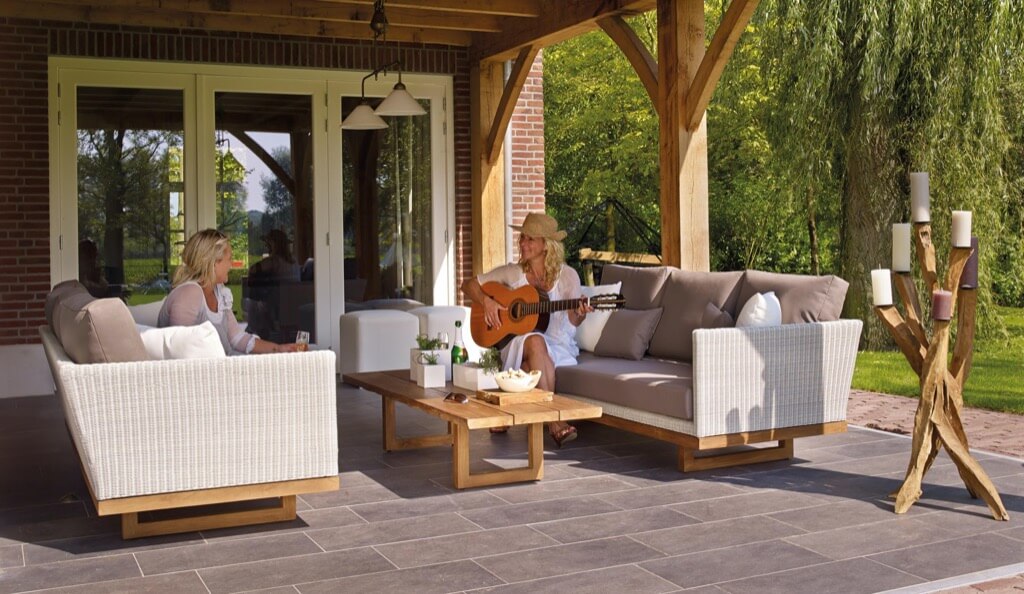The Pace: Hustle and Bustle or Tranquil Breezes? City living often thrives on energy, urgency, and a relentless rhythm that can invigorate your senses. From rushing to catch the next subway or attending back-to-back meetings, the pace can be exhilarating for those who thrive on adrenaline. In contrast, the countryside offers a slower, more deliberate pace. Here, the rhythm of life is dictated by nature – the rising and setting of the sun, the changing seasons. It’s a place where you might measure time by the growth of your garden vegetables or the migrations of birds.
Amenities: Concrete Conveniences or Nature’s Bounty? Urban areas boast amenities that cater to a modern lifestyle. Think 24/7 grocery stores, top-tier medical facilities, and a plethora of entertainment options right at your doorstep. However, while the city offers convenience, it sometimes lacks the raw, unfiltered experiences that rural areas provide. In the countryside, amenities might mean a freshwater stream for fishing, trails for morning hikes, or local farmers’ markets offering fresh produce. Yet, there’s an undeniable charm in having nature as your primary amenity.
Quality of Life: Sky Rises or Open Skies? In cities, quality of life can sometimes be measured by proximity – how close you are to work, entertainment, or education. High-rise apartments with stunning views, cultural diversity, and the possibility to grow professionally and personally are all part of urban allure. The countryside, on the other hand, provides space – both mentally and physically. Here, the quality of life might revolve around community connections, the joy of space, and the therapeutic calm of being surrounded by nature. It’s about starry nights unmarred by city lights and the luxury of solitude.
Health and Environment: Smog vs Fresh Air? Air quality is a significant factor when considering health implications. Cities, despite their many merits, often grapple with pollution, leading to potential respiratory and health challenges. Countryside living offers cleaner air, but might come with its own set of challenges like limited access to healthcare facilities. It’s a balance between immediate environmental benefits and access to medical conveniences.
Social Dynamics: Anonymous Faces or Familiar Greetings? City life can sometimes feel anonymous. Amidst the millions, it’s easy to feel both connected and isolated at the same time. Opportunities to forge new relationships are plenty, yet the depth of connection may vary. In smaller countryside communities, you’re more likely to know your neighbors. It’s a world where community gatherings and local events foster a sense of belonging, but where everyone knowing your business can feel limiting to some.
Urban Beats and Rural Retreats
Tempo of Life: The Urban Rush vs. The Rural Respite Dwelling within a city’s heart often means immersing oneself in its frenetic pulse. The continual buzz of activities, the ever-present hum of traffic, and the steady stream of opportunities keep the urban soul both engaged and occasionally overwhelmed. The city never truly sleeps; it simply dims its lights. On the contrary, the countryside sings a different tune. Here, the tempo is influenced by nature’s ebb and flow. Days might start with the cockerel’s crow, proceed with the gentle rustling of leaves, and conclude with the harmonious chirping of crickets. It’s not about urgency but about being present in the moment.
Facilities and Features: Modern Conveniences vs. Nature’s Amenities Cityscapes are riddled with structures and facilities aimed at enhancing modern life. Trendy cafes, state-of-the-art hospitals, expansive shopping malls, and cutting-edge theaters are just the tip of the proverbial iceberg. These conveniences, which are often available round-the-clock, ensure that the city dweller’s needs are met, be it at dawn or dusk. On the flip side, the countryside, though not awash with modern conveniences, offers nature’s bounty in abundance. Fresh farm produce, serene lakes for fishing, and expansive fields for picnics serve as rejuvenating breaks from mechanized life.
Quality of Existence: Urban Advantages vs. Rural Rewards In the concrete jungles, quality of life can pivot on various amenities, professional opportunities, cultural exposures, and more. The city, in all its diversity, ensures that there’s always something happening – a gig, a workshop, a new culinary experience. However, rural regions argue in favor of a different kind of quality – one of fresh air, starlit skies, community bonfires, and expansive green vistas. While cities may boast more varied professional avenues and sophisticated public services, the countryside champions community spirit and an unparalleled bond with nature.
Social Fabric: City’s Melting Pot vs. Countryside’s Close-knit Quilt The urban environment is a vast melting pot of cultures, backgrounds, and aspirations. Every corner narrates a story, and every face holds a myriad of experiences. The possibility of serendipitous encounters and networking events means city folks might have broader social circles. In contrast, rural regions tend to foster deeper, long-standing relationships. Here, your neighbor isn’t just someone you nod to; they’re likely the ones you’ve shared countless memories and milestones with.
Urban Population Growth A staggering 55% of the world’s population currently resides in urban areas. According to the United Nations, this figure is projected to increase to 68% by 2050. Such growth emphasizes the attraction and opportunities offered by city environments, drawing individuals in search of education, employment, and enhanced lifestyles.
Access to Healthcare: Urban vs. Rural City dwellers, on average, enjoy better access to healthcare facilities. The World Bank data suggests that globally, urban residents are almost twice as likely to have access to advanced healthcare than their rural counterparts. This differential access underlines the disparity in amenities between these two living environments.
Air Quality Concerns in Metropolitan Areas Air quality has become a significant concern in many urban settings. The World Health Organization (WHO) indicates that 9 out of 10 people breathe air containing high levels of pollutants. Major cities, with their dense traffic and industrial activities, often contribute significantly to this alarming statistic.
Community Connectivity in Rural Areas Studies have shown that individuals living in rural regions tend to have stronger community ties. A survey by the American Sociological Review found that rural residents are 22% more likely to have regular interactions with their neighbors compared to urbanites. This speaks to the close-knit nature of smaller communities and the value they place on interpersonal connections.
Green Spaces: A Rarity in Concrete Jungles While cities offer numerous amenities, access to green spaces isn’t always one of them. The Trust for Public Land highlighted that in the U.S., only 54% of city residents have a park within half a mile of their homes. In contrast, the countryside offers expanses of natural landscapes, often right at one’s doorstep.
City life, with its vibrant energy and endless opportunities, undeniably has its charm. Indeed, with the United Nations highlighting the steady increase in urban populations, it’s clear that the allure of metropolitan hubs is universal. However, it’s also essential to address the disparities that come with it. For instance, while urban settings offer superior healthcare accessibility—a fact supported by World Bank data—they also grapple with concerns like air pollution, an issue so pervasive that the World Health Organization has noted the alarming number of individuals breathing polluted air daily.
The countryside, on the other hand, offers a serene counterbalance. Here, community ties flourish—a sentiment echoed by the American Sociological Review’s findings on neighborly interactions. The expansive natural landscapes synonymous with rural living also find support in reports like that from the Trust for Public Land, which emphasizes the rarity of green spaces in many urban areas.
With an intricate breakdown of the vibrancy of urban living and the calm of the rural backdrop, this piece provides a comprehensive view of both worlds. Whether it’s the pace, amenities, or the overarching quality of life that you’re keen on dissecting, your insights and inquiries are genuinely valued. Keen to delve deeper or share your own experiences? Reach out through the contact form, and let’s unravel the intricacies of these living environments together.




